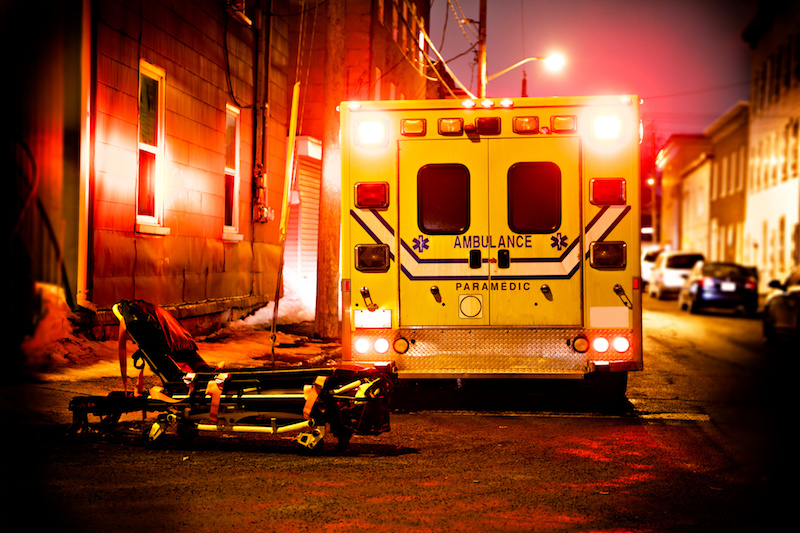News
Alcohol sends more young people to ERs than weed
Published on December 14, 2022 by David Wylie
 Photo: Adobe Stock/the oz.
Photo: Adobe Stock/the oz. Alcohol is blamed for far more trips to hospital emergency departments by young people than cannabis, a four-year study shows.
Emergencies involving alcohol represented close to 70% of the cases studied.
The newly released study involved 4,634 cases in three Canadian communities. They were Saskatoon, Sherbrooke, Que., and The Greater Halifax region in Nova Scotia.
The Canadian Centre on Substance Use and Addiction (CCSA) conducted the study.
It highlights a need to pay closer attention to young people’s substance use in Canada, says Alexander Caudarella, CEO of the CCSA.
“Thousands of young people end up in Canada’s emergency departments every year because of alcohol and other substances. The fact that so many had previous ED presentations indicates we have a long way to go to ensure people get the help they need when they need it. This is especially urgent as the healthcare system looks for new options to reduce strain on emergency departments across Canada.”
The study looked at teenagers and young adults from 12 to 24 years old. Injuries included drug toxicity, falls, vehicle accidents, violence and self-harm, and suicide attempts.
The organization says that when it comes to prevention and harm reduction, one size does not fit all.
“While there are similarities across regions, the findings also illustrate how select trends differ in each community,” says the organization.
“Because local trends often do not mirror what is happening on the national level, continuing to collect community-level data is important to inform local prevention and harm reduction programs, policies and practices.”
Other key findings from the report
- 28% of the visits were by young people under their region’s minimum legal drinking age
- More than one psychoactive substance had been consumed in nearly 40% of cases
- A large proportion of young people arriving in the EDs had previously visited for a substance-related emergency
Leave a comment on our Facebook page.
© Copyright 2022 Okanagan Z. | About the oz.
Report a Typo or Inaccuracy
We strive to avoid typos and inaccuracies. However, on occasion we make mistakes. We value your contributions and help in correcting them.